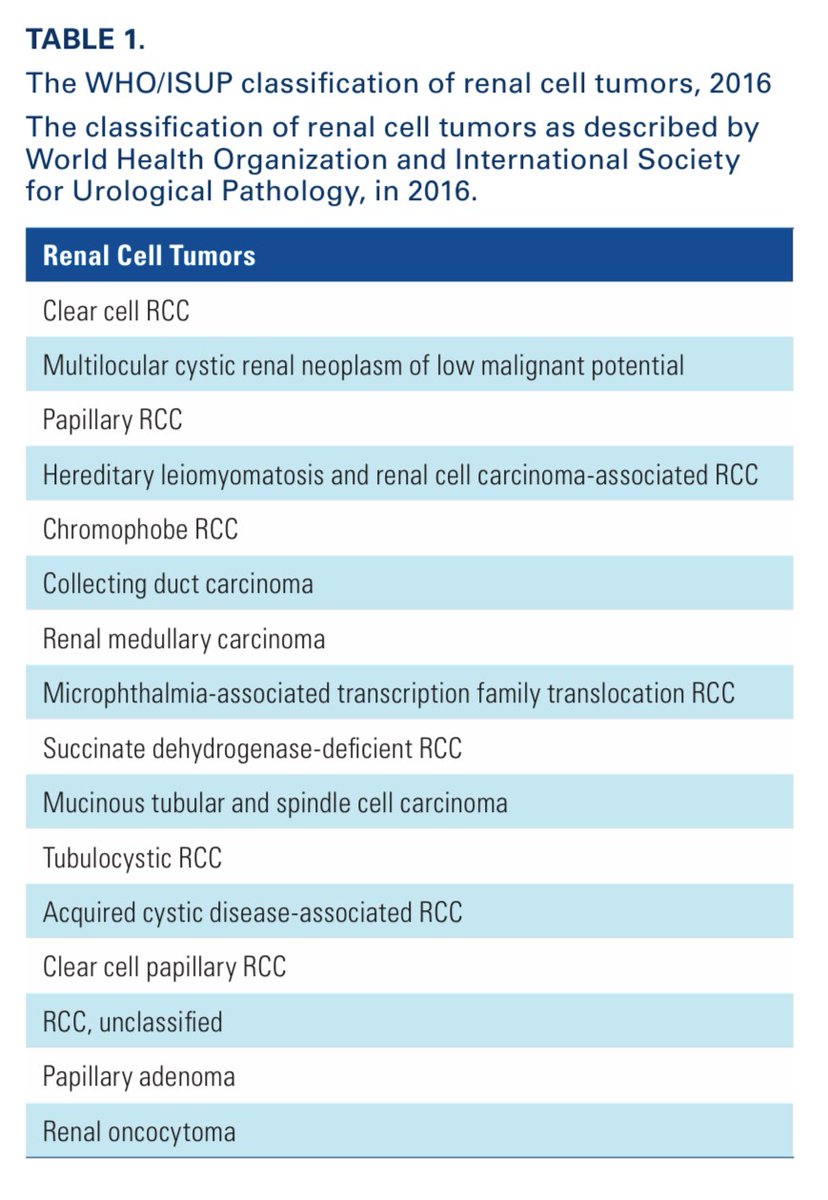
In last month’s issue of #SIUJ, @JessicaDeLong23 and @RamonVirasoro discuss the development of a GURS fellowship and training program in the Caribbean bit.ly/3tliRIb #OpenAccess #urology #urosome
(1/n)
(1/n)

With over 5 billion people lacking access to adequate surgical and anesthesia care across the globe, the global health community is focusing on reducing these health inequalities by improving access and overall outcomes.
(2/n)
(2/n)
During annual mission trips to Dominican Republic (DR), the authors recognized a need for more Urological Reconstructive Surgery trained physicians within the community. This need inspired the creation of a GURS in the DR.
(3/n)
(3/n)
The fellowship curriculum was developed to meet the criteria of both the local Dominican Urological Society and a local prestigious university where the fellow would train. The program was 18 mos of training & at the time of publication two fellows had graduated the program (4/n)
Fellows rotated through other programs including in the US, Chile, and Argentina. Several GURS urologists, including the authors, played roles in training of the fellows. The first fellow logged 18 urethroplasties in their first year and 56 cases in the following year
(5/n)
(5/n)
This was the first published GURs fellowship program curriculum and first formal GURS training program in the Caribbean. Keys to a successful program include: relationships, mutual learning, local advocates, local needs being met, research and a multidisciplinary approach
(6/n)
(6/n)
Challenges of execution of the fellowship included curriculum development and fellowship schedule planning, often delayed by bureaucracy within institutions. One major success was after the graduation of the first fellow, the DR program sponsored them as an attending.
(7/n)
(7/n)
In conclusion, the authors were able to create a comprehensive accredited GURS curriculum in the Caribbean, demonstrating that with clear goals and collaboration, we can make effective changes in health disparities on a global scale.
(8/n)
(8/n)
• • •
Missing some Tweet in this thread? You can try to
force a refresh








